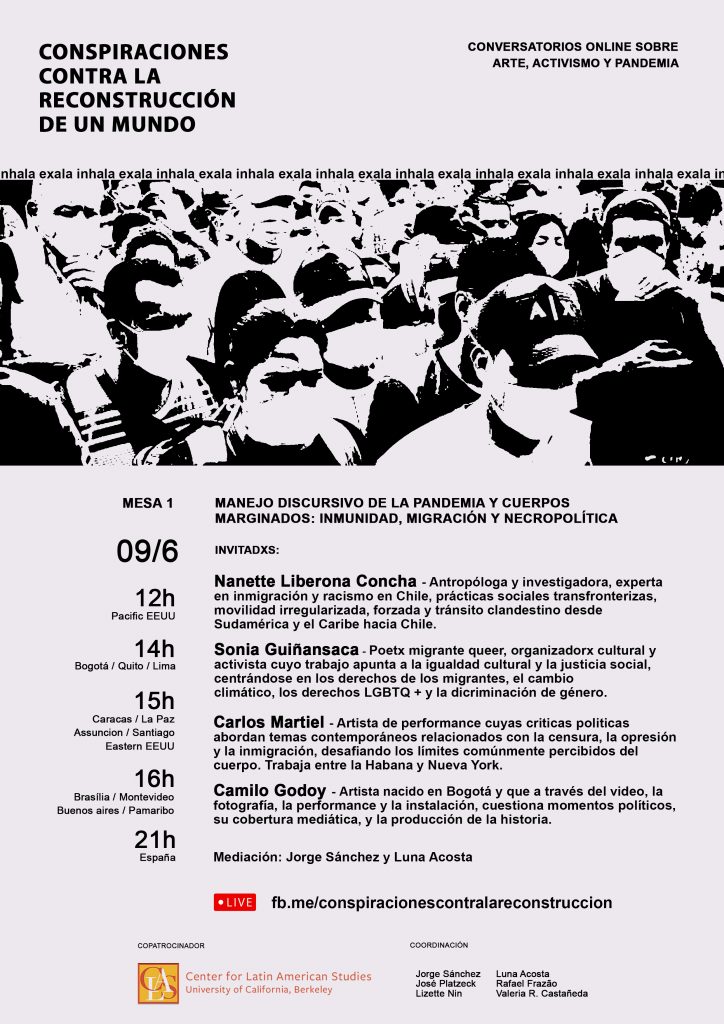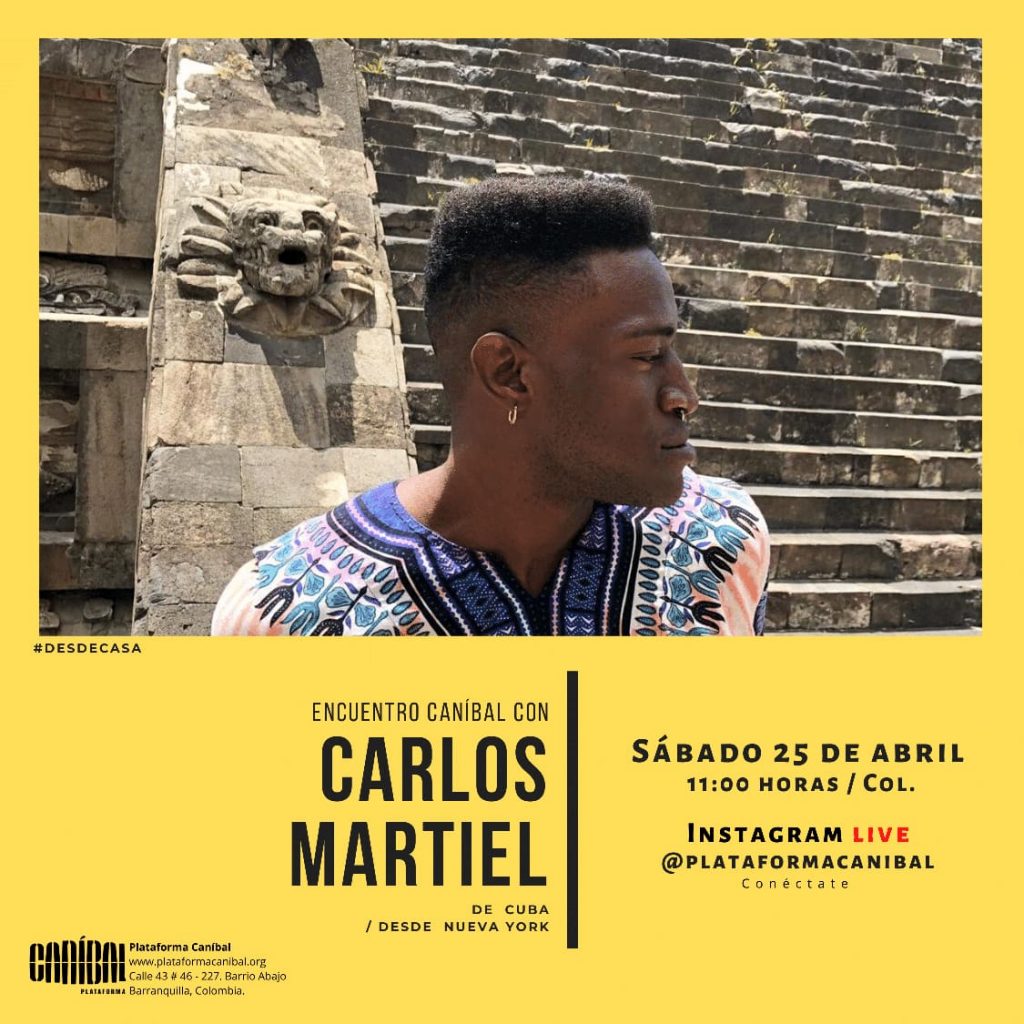Opening: 1/8/2020, h. 7 PM
Dal 2/8 al 30/9/2020
On Saturday, August 1st, in the former Church of San Matteo in Lucca, Prometeo Gallery Ida Pisani inaugurates A volte penso che…, a collective exhibition that comes from a particular perspective, that is to let twenty-three artists tell a recurring thought through their personal insights and visual ideas.
Julieta Aranda, Filippo Berta, Fabrizio Cotognini, Democracia, Zehra Dogan, Sarah Entwistle, Regina José Galindo, Omar Hassan, Diango Hernandez, Iva Lulashi, Edson Luli, Maria Evelia Marmolejo, Carlos Martiel, Ruben Montini, Ivan Moudov, Natalia LL, Luis Navarro, Silvia Rivas, Rosanna Rossi, Marinella Senatore, Santiago Sierra, Giuseppe Stampone and Mary Zygouri. They do not offer conceptual schemes, nor perspectives of truth or value, and they do not linger on anecdotal narratives. With their artistic language, each one of them expresses a thought, as a fundamental quality of being, contributing to a better understanding of living reality through its own relative, particular as well as specific and unavoidable contribution.
In a historical moment like the one we are experiencing, which has all the semblances of the perfect storm, with psychological, economic, sociological and in cultural synthesis effects capable of resetting our system, Prometeo Gallery tries to give the right value to one of the instruments of knowledge that man has a primary need for interpretation, which does not leave behind a sense, but countless senses. With this spirit, it has chosen to derive a totality from the incorporation of different points of view, individually translated into tapestries, video works, photographs, paintings, drawings, collages, engravings, sculptures, and performances.
A volte penso che… is a plural, dynamic reality, characterized by the mutual relationship between its parts, which is both spiritual and intelligible, but also sensual physical and emotional, to get substantially and directly to the heart of the logical and poetic power that keeps each individual alive.
(more info here)
Prometeogallery di Ida Pisani | Ex Chiesa di San Matteo, Piazza San Matteo, Lucca.


